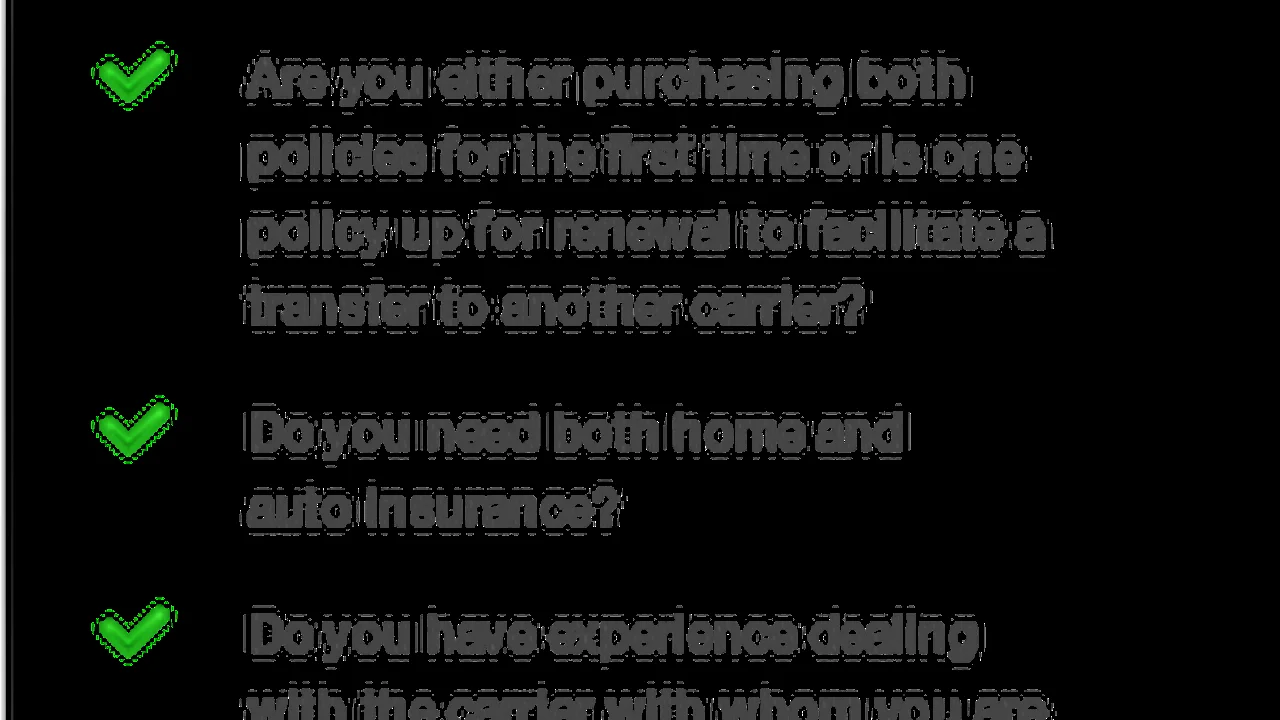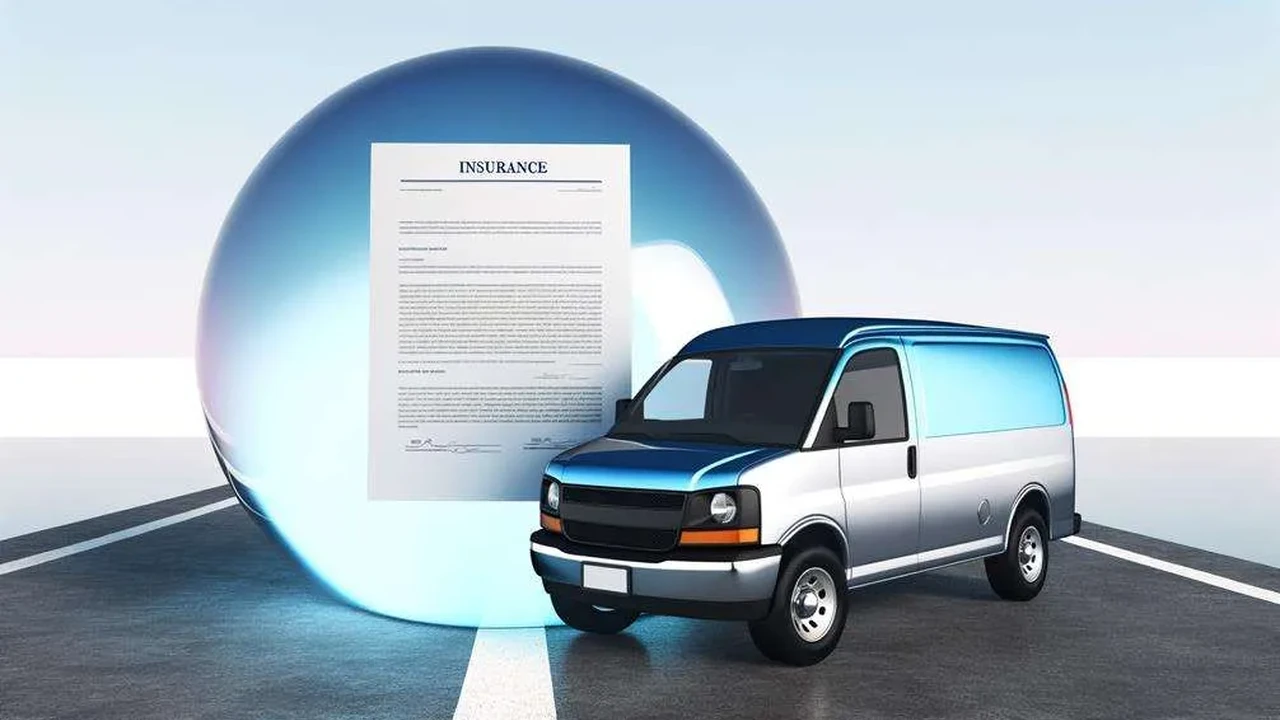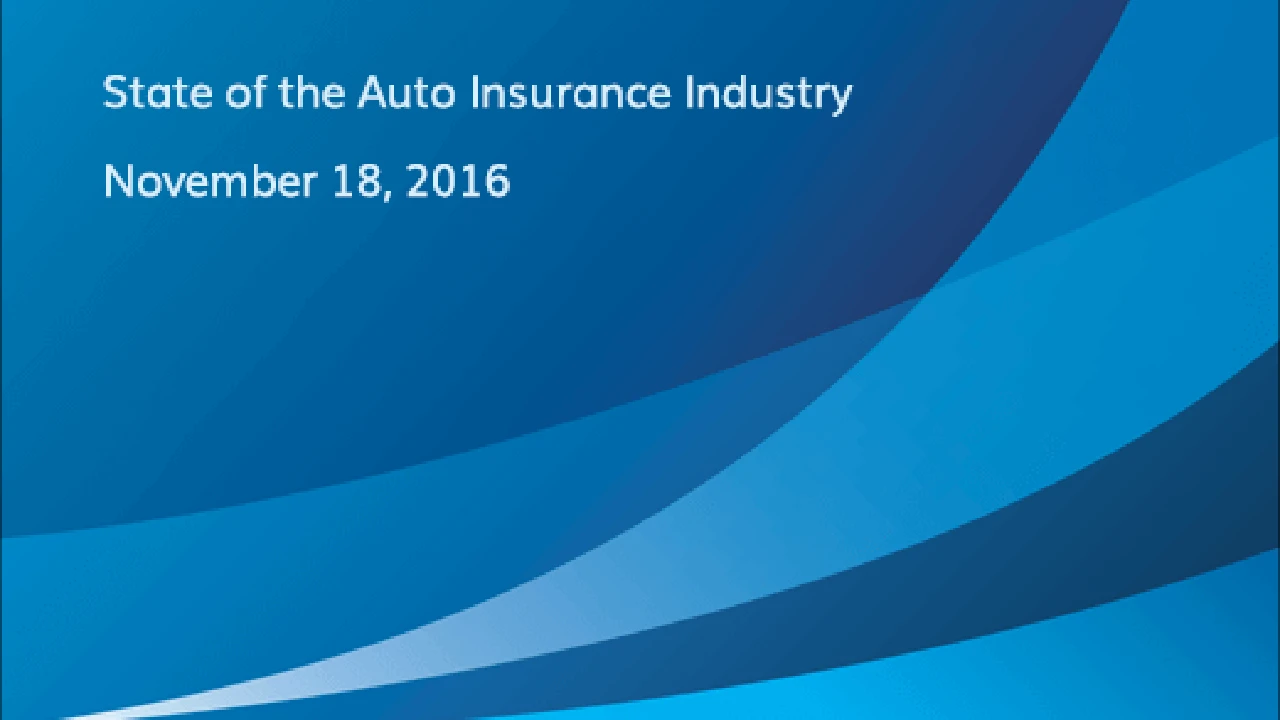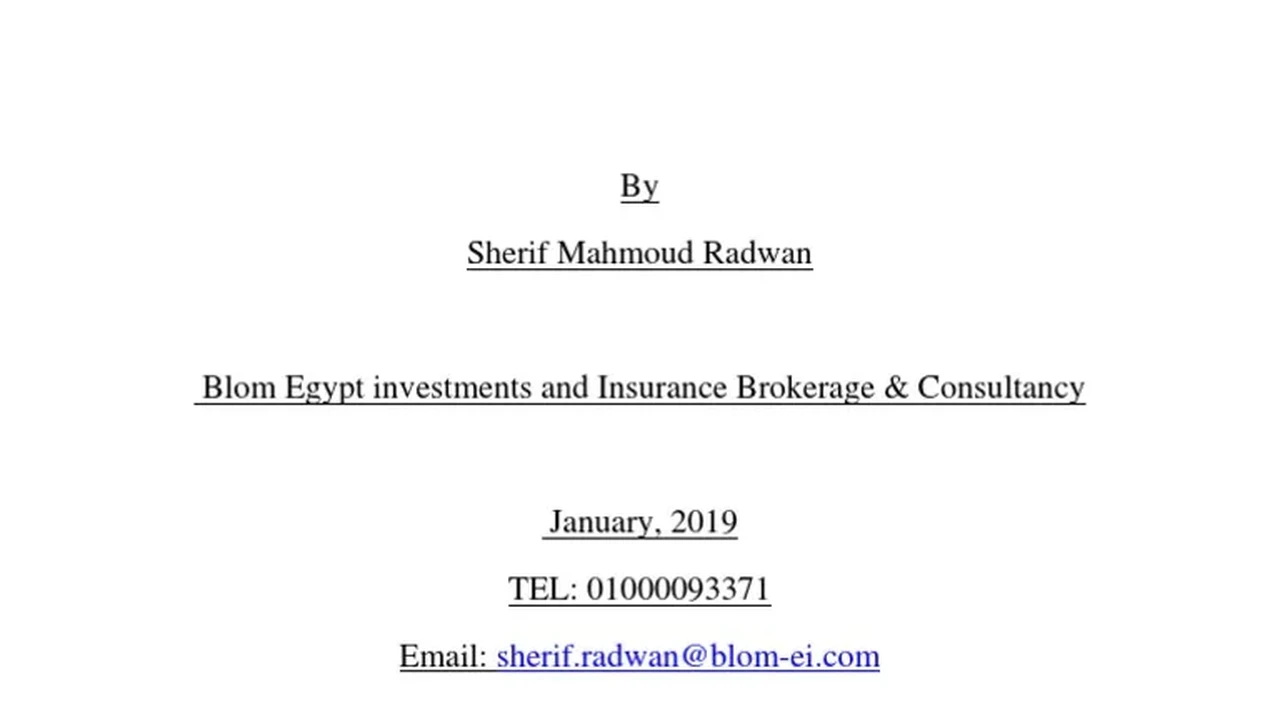Dealing with the Other Driver After an Accident
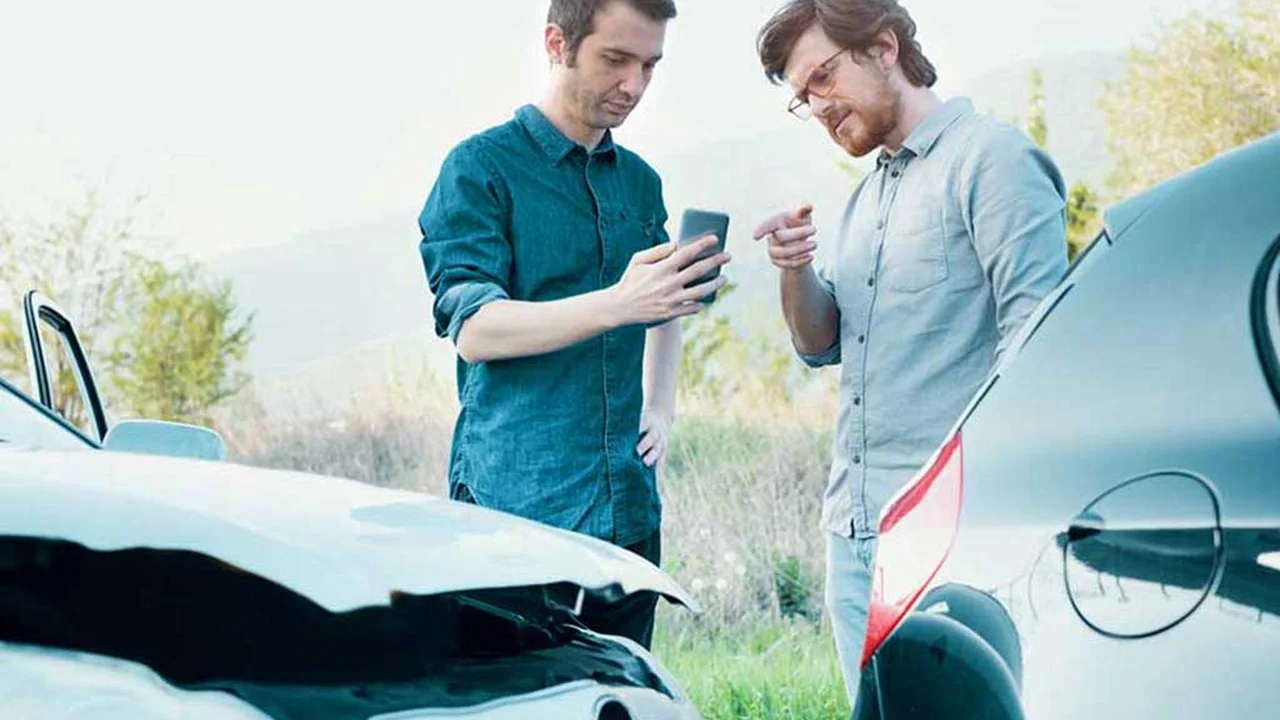
What To Do Immediately After The Accident: Car Insurance Claim Basics
Okay, so you've just been in a car accident. Your heart's racing, you're probably a little shaken up, and maybe even a bit angry. But staying calm and collected is absolutely crucial right now. Your actions in the next few minutes can have a big impact on your car insurance claim, your potential liability, and your overall well-being. First things first, check yourself and your passengers for injuries. If anyone is hurt, call 911 immediately. Don't try to be a hero – medical attention is the priority. Even if you feel fine, adrenaline can mask injuries, so it's always better to be safe than sorry. Once you've ensured everyone's safety, it's time to focus on the other driver.
Before you even think about arguing or assigning blame, remember this: you're gathering information. Stay polite, even if the other driver is being difficult. Get their full name, address, phone number, driver's license number, and insurance information. Write everything down carefully. If possible, take pictures of their driver's license and insurance card with your phone. This will save you a lot of hassle later on when filing your car insurance claim. Ask for their insurance company name and policy number. Don't just assume they're insured; verify it. A quick call to their insurance company from the scene can confirm their coverage. If they refuse to provide information, note that in your records and inform the police when they arrive.
While you're interacting with the other driver, avoid admitting fault. Even if you think you might be partially responsible, saying "I'm sorry" or "It was my fault" can be used against you later by their insurance company. Stick to the facts: "I was proceeding through the intersection," or "I was stopped at the light." Let the police and insurance adjusters determine fault based on the evidence. This is key for a smooth car insurance claim process.
Exchanging Information: Essential Car Accident Information for Insurance
Beyond the basics, gather as much detail as possible. Note the make, model, and license plate number of the other vehicle. Take pictures of the damage to both vehicles from multiple angles. Photograph the entire accident scene, including any road conditions, traffic signals, and debris. These photos can be invaluable when your insurance company assesses the car accident information and determines liability. If there are witnesses, get their names and contact information. Witness statements can be crucial in resolving disputes. Ask them what they saw and write down their account of the accident as soon as possible, while the details are still fresh in their minds.
When exchanging information, be wary of drivers who seem overly eager to settle things privately, especially if there's significant damage. They might be trying to avoid involving their insurance company because they're uninsured or have a history of accidents. Always insist on filing a police report, even for minor accidents. A police report provides an official record of the accident and can help protect you from future liability. The police will also gather their own information and assess the scene, which can be helpful for your car insurance claim.
Documenting the Scene: Photos and Details for Your Car Insurance Claim
Your smartphone is your best friend at the accident scene. Use it to document everything! Take photos of:
- The overall accident scene showing the position of the vehicles
- Damage to your vehicle
- Damage to the other vehicle
- License plates of both vehicles
- Insurance cards and driver's licenses
- Road conditions (e.g., wet pavement, potholes)
- Traffic signals and signs
- Any visible injuries
In addition to photos, write down a detailed account of the accident as soon as possible. Include:
- The date, time, and location of the accident
- Weather conditions
- Traffic conditions
- A description of how the accident happened from your perspective
- A description of the damage to both vehicles
- Any statements made by the other driver
- The names and contact information of any witnesses
Dealing With Uncooperative Drivers: What To Do During a Car Insurance Dispute
Sometimes, the other driver might be uncooperative, argumentative, or even hostile. They might refuse to provide information, admit fault, or even try to leave the scene. If this happens, do not engage in a confrontation. Your safety is the top priority. Call the police immediately and report the situation. Let them handle the situation. Provide the police with as much information as you have, including the other driver's license plate number and a description of their vehicle.
Even if the other driver seems reasonable at the scene, they might change their story later. That's why it's so important to have documented everything thoroughly. If you find yourself in a car insurance dispute with the other driver or their insurance company, remain calm and professional. Present your evidence clearly and concisely. If necessary, consider consulting with an attorney to protect your rights.
Recommended Dash Cams: Protecting Yourself With Video Evidence
In today's world, a dash cam is almost a necessity. It provides irrefutable video evidence of what happened before, during, and after an accident. This can be invaluable when dealing with uncooperative drivers or disputed car insurance claims. Here are a few recommended dash cams:
Garmin Dash Cam 67W: Wide Angle and Clear Footage
The Garmin Dash Cam 67W offers a wide 180-degree field of view, capturing a broad perspective of the road. It records in 1440p resolution, providing clear and detailed footage, even in low-light conditions. It also features automatic incident detection, which saves footage when an impact is detected. The Garmin Dash Cam 67W is a solid all-around choice for most drivers. Typical Price: $200 Use Case: Daily driving, capturing clear footage in various lighting conditions, providing evidence in case of an accident. Pros: Wide angle, clear video, automatic incident detection. Cons: Can be a bit pricey compared to other models.
Vantrue N4: Front, Interior, and Rear Recording
For ride-sharing drivers or those who want comprehensive coverage, the Vantrue N4 is an excellent option. It records simultaneously from the front, interior, and rear of the vehicle. The front camera records in 4K resolution, while the interior and rear cameras record in 1080p. It also features night vision and parking mode. Typical Price: $280 Use Case: Ride-sharing, capturing footage of passengers and the road, providing evidence in case of an accident or incident inside the vehicle. Pros: Comprehensive coverage, high-resolution recording, night vision, parking mode. Cons: More expensive than single-camera dash cams, requires more storage space.
Rexing V1: Budget-Friendly and Reliable
If you're looking for a budget-friendly dash cam that still provides reliable performance, the Rexing V1 is a great option. It records in 1080p resolution and features a wide 170-degree field of view. It also has loop recording and automatic incident detection. Typical Price: $80 Use Case: Daily driving, providing basic video evidence in case of an accident, budget-conscious drivers. Pros: Affordable, easy to use, reliable performance. Cons: Lower resolution compared to more expensive models, fewer features.
Comparing Dash Cam Features: Choosing the Right One for You
When choosing a dash cam, consider the following factors:
- Resolution: Higher resolution provides clearer and more detailed footage.
- Field of View: A wider field of view captures more of the road.
- Night Vision: Essential for recording clear footage in low-light conditions.
- Parking Mode: Records footage when the vehicle is parked, in case of a hit-and-run.
- Loop Recording: Automatically overwrites old footage, so you don't have to worry about running out of storage space.
- Automatic Incident Detection: Saves footage when an impact is detected.
- GPS: Records the location and speed of the vehicle.
- Price: Dash cams range in price from around $50 to over $300.
After the Exchange: Reporting the Accident and Car Insurance Claims Process
Once you've left the scene, report the accident to your insurance company as soon as possible. Provide them with all the information you gathered, including the other driver's information, photos, and your account of the accident. Cooperate fully with your insurance adjuster and answer their questions honestly. Your insurance company will investigate the accident and determine liability. They will also handle the car insurance claims process with the other driver's insurance company.
If you're injured in the accident, seek medical attention immediately. Keep records of all your medical expenses and lost wages. You may be entitled to compensation for your injuries. Consider consulting with a personal injury attorney to protect your rights.
Protecting Yourself: Legal Considerations and Car Accident Advice
Dealing with the aftermath of a car accident can be stressful and confusing. It's important to understand your rights and responsibilities. If you have any questions or concerns, consult with an attorney or insurance professional. They can provide you with personalized advice and guidance.
Remember to stay calm, gather information, document everything, and report the accident to your insurance company. By taking these steps, you can protect yourself and ensure a smooth car insurance claims process. Drive safely!
:max_bytes(150000):strip_icc()/277019-baked-pork-chops-with-cream-of-mushroom-soup-DDMFS-beauty-4x3-BG-7505-5762b731cf30447d9cbbbbbf387beafa.jpg)



